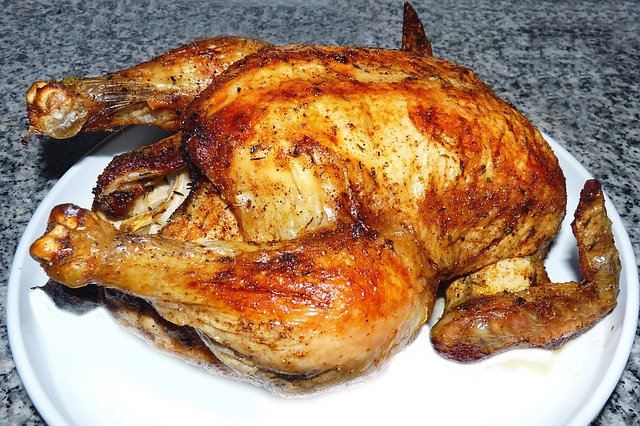Introduction
When it comes to maintaining a healthy diet, understanding the nutritional content of the foods we consume is essential. Protein, in particular, plays a crucial role in our overall health and well-being. For those who enjoy chicken as a source of protein, it is important to know how much protein is in a standard serving size. In this article, we will explore the protein content in 4 ounces of chicken and its significance in a balanced diet.
Protein Content in 4 Ounces of Chicken
Chicken is a popular choice for individuals looking to increase their protein intake. In a 4-ounce serving of chicken, you can expect to find approximately 35 grams of protein. This value may vary slightly depending on the specific cut of chicken and whether it includes the skin. Generally, skinless chicken breasts tend to have a higher protein content compared to other cuts such as thighs or drumsticks.
Protein is an essential macronutrient that plays a vital role in various bodily functions. It is responsible for building and repairing tissues, supporting the immune system, and aiding in the production of enzymes and hormones. Including an adequate amount of protein in your diet is crucial for maintaining muscle mass, promoting satiety, and supporting overall health.
The Benefits of Protein
Consuming an adequate amount of protein has numerous benefits for our bodies. Firstly, protein is known to help with weight management. It increases satiety, making us feel fuller for longer, which can aid in reducing overall calorie intake. Additionally, protein has a higher thermic effect compared to fats and carbohydrates, meaning that our bodies burn more calories during the digestion and absorption process.
Protein is also essential for muscle growth and repair. Engaging in physical activity, such as strength training, creates microscopic tears in our muscles. Protein helps repair these tears, leading to muscle growth and improved strength. This is why athletes and individuals looking to build muscle often prioritize protein intake.
Furthermore, protein plays a crucial role in maintaining a healthy immune system. Antibodies, which help fight off infections and diseases, are made up of proteins. Consuming enough protein ensures that our bodies have the necessary building blocks to produce these antibodies and support immune function.
Other Nutritional Aspects of Chicken
While protein is a significant component of chicken, it is also important to consider other nutritional aspects. Chicken is a good source of vitamins and minerals, including vitamin B6, vitamin B12, niacin, and selenium. These nutrients contribute to various bodily functions, such as energy metabolism, nerve function, and antioxidant defense.
However, it is worth noting that chicken, particularly the skin, can also be a source of saturated fat and cholesterol. For individuals with specific dietary restrictions or health concerns, it is advisable to choose skinless chicken or remove the skin before consumption. This can help reduce the intake of unhealthy fats and cholesterol.
Conclusion
In conclusion, a 4-ounce serving of chicken contains approximately 35 grams of protein. Protein is vital for our bodies, playing a crucial role in muscle growth, weight management, and immune function. Additionally, chicken offers other essential nutrients such as vitamins and minerals. While chicken can be a healthy protein source, it is important to consider the overall nutritional composition and make choices that align with individual dietary needs and preferences.
References
– Mayo Clinic: mayoclinic.org
– United States Department of Agriculture: usda.gov
– National Chicken Council: nationalchickencouncil.org












